Introduction
Having a baby is an exciting and life-changing event, but it can also be a source of stress and worry for pet owners. One of the biggest concerns is how to manage the transition when bringing a new baby into the home. After all, your dog has been your faithful companion for years, and you don’t want to neglect them or make them feel they’re being replaced. Here are some tips on how to make sure your dog is comfortable and happy when the little one arrives.
Prepare your dog ahead of time!
One of the best things you can do to prepare your dog for the arrival of new baby is to start getting them used to changes in routine ahead of time. Changes in the home can include, people coming to decorate rooms, moving things in rooms, new furniture arriving, baby's new stuff arriving, prams etc.
Prepare your dog in advance for the new arrival. For example, if you’re going to be using baby gates around the house when the baby arrives, don’t wait until the last minute; prepare your dog gradually for the changes.
Baby gates can also be useful to put up around your home as a safety feature for when your baby arrives. I recommend you put them up in areas where your dog would usually have access to such as across the stairs and kitchen, so you can separate your dog when you can’t supervise them. Being behind a baby gate is also a great way to get your dog used to being around and involved but not with you constantly. This may be useful if you have health visitors or visitors who are uncomfortable around dogs.
Crate Training
Crate training is also very useful for teaching your dog for so many reasons, again, when you can’t supervise your dog around the baby or if you have lots of visitors. Do not forget it’s also nice for your dog to have its own chilled place where it can go to relax and sleep. (Don’t just put your dog in a crate without training them first.) The crate should be a positive place for your dog to feel safe, chilled, and decompress.
Routines.
Routines can change, and as routine changes, inevitably, your dogs will too. This can happen early in the pregnancy, such as when you walk your dog due to your tiredness and sickness. To help your dog adjust to these changes, you could try asking someone in the family to regularly walk your dog from early on in your pregnancy so they can bond with your dog. Look into getting a dog walker with a good reputation and someone you trust with your dog. This can give your dog a routine when other changes start to happen around them.
Find some time in your daily routine to spend with your dog 121 doing something they enjoy. This could be playing with them, throwing a toy in the garden, or playing a game of tug. Keep up this new routine when the baby arrives; it only needs to last 10 minutes each day. This short activity will give your dog something to predict and help reduce stress and anxiety.
Dog Enrichment
Whilst your attention is focused on your new baby, it’s important to give your dog something to do to prevent undesirable behaviours such as barking, chewing, etc.
Giving your dog toys and enrichment to focus on will keep their brain active. This includes a food stuffed Kong, chews, snuffle mats, and lick mats. These types of activities can help relieve some energy levels and create positive associations when your dog is separated from you. I would start to practice this before your baby arrives, such as putting your dog behind the baby gate and giving them enrichment, or if your dog’s crate is trained, putting them in the crate with a food-stuffed Kong.
Teaching your dog new training skills before the event
Useful behaviours you can train your dog if they don’t already know them could be the following.
Loose lead walking next to the pram.
Door training: When visitors arrive, associate the doorbell with going to the crate or place. This can be done with a clicker and reward. Training your dog to go to their bed/place when you have your hands full is useful, and it helps your dog be calm.
When visitors arrive, avoid your dog jumping up.
There will be many noises and changes in your dog’s environment, including baby noises, crying, as well as loud toys. It’s important to introduce these types of noises early to stop your dog from being scared or triggered by them. You can start by playing baby noises, such as crying at a very low level (so that you can barely hear it yourself), for one to two minutes at a time whilst you are sitting calmly with your dog in your home environment. When your dog is ready, you can practice getting on with normal day-to-day activities. You can find noises such as these on many phone apps and CDs.
Be aware of any changes in behaviour or body language while playing with them. This could be anything that is not normal behaviour for your dog, such as hiding from noise, panting when it’s not hot, licking lips, or yawning. If you see your dog stressed, stop the exercise, and let your dog decompress for a day or two, depending on your dog. When you start the exercise again, keep to a low level.
Only when your dog’s ready for the next level.
Gradually increase the level of noise over time, remembering only when your dog is ready. You can also create a positive association with noises by giving treats when your dog is calm, the occasional chew, or playing a game your dog enjoys. Ideally, you wouldn’t give treats every time the sound plays, as your dog may then expect food on cue whenever your baby cries, which is likely to be a lot!
First introductions
When you first come home from the hospital with your new baby, your dog will be overly excited because they haven’t seen you. Make sure someone has given your dog a long walk and play session. Say hello to your dog without the baby in case they get excited and jump up at you. In the future, your dog should be introduced to the baby in a quiet room where the dog has few associations, not a place where they usually sleep or eat. You could start by having someone else hold your baby while you spend time with your dog in another room. This will help them get used to hearing a crying infant and smells without feeling overwhelmed by the presence. We shouldn’t rush your dog meeting the baby, so there is no need for you to come home and hold the baby up to your dog.
I see far too many videos online showing dogs interacting inappropriately with newborn babies. These moments can lack boundaries or management, and in some cases, it's only a matter of time before something goes wrong.
Tips for greeting your baby in the future
Before greeting the baby, it’s a good idea to have a baby grow or something of the baby’s scent on it so your dog can get used to the scent of your baby. Allow your dog to sniff (not maul) the item respectfully, then offer praise when your dog is calm.
After your dog becomes accustomed to your baby’s scent and sound in the home and is calm, it’s okay to let it come into the same room as the baby. Remember this could take weeks or months, so don’t try to rush the situation. Keep your dog on a lead during early encounters. When you think your dog is calm, you can gradually allow it to off the lead while supervised.
Try to give your dog calm attention when the baby is present. (Don’t get your dog overstimulated.) Train your dog that when the baby is around, they get treats or calm playtime. This association trains your dog that good things happen when the baby is around.
Train your dog a go cue such as “settle/ place” (crate) when they are in the room with you. It’s important that your dog is not constantly in your space.
If your dog is a bit anxious, don’t force the meeting by bringing the baby up to it. It’s okay for your dog to slowly get used to the scent and the noise so they can observe your baby from a distance. This is why baby gates are a good idea.
What if my dog is growling at my Baby?
What should you do if your dog is growling or snapping at your baby? First, calmly separate the dog and child, either by calling your dog to you or calmly removing your baby. I always recommend attaching a light training lead for the initial stages, so it is easier to remove your dog. You do not want to grab the collar, and you should not be tempted to try to lift or physically move your dog because you could risk being bitten.
Secondly, do not punish your dog for growling. You may think he needs to learn that growling at children is wrong. If he is not punished, won’t he growl at them again? All behaviours happen for a reason, and growling is no different. A growl is an early warning system that the dog is uncomfortable or anxious about a child's presence or behaviour. We should be glad that he has given us the chance to intervene and defuse the situation before things escalate. If your dog is punished for growling, we run the risk of disabling that early warning system and creating further negative associations with the baby or child. It should not get to this point if we are putting the correct management in place for safety, such as mentioned above, crate training and baby gates for safety. Get help from a dog behaviourist ASAP if you are struggling because your dog will need an assessment.
Stress signals.
Panting
Lip licking
Yawning
Stiffness/still/ freeze
Turning head avoidance
Whale eye: your dog will avert his head slightly, but his eyes stay fixed on someone, and the white of the eye will appear, either the inner or outer.
Supervision set boundaries
Finally, your baby should never be left with your dog unsupervised, not even for a second. It does not matter how well you know your dog; this includes all dogs, even those with excellent temperaments. This is where baby gates and crate training come in handy. If you have implemented this training before the baby arrives, this won’t be stressful for your dog. Your baby will soon start crawling and toddling and it’s important for you to remain vigilant once they start to move about on their own. It is important to provide your dog with a safe place to rest and relax, which is inaccessible to your baby.
By following these tips, you can ensure that your dog and your new addition feel safe and secure in their home environment, allowing everyone in the family to enjoy this exciting time together. If you are ever having difficulties, contact a dog behaviourist.
Reminder
Dogs are not a fur baby
Dogs are not thrilled about the new arrival of your baby.
Dogs are not protecting your baby
Dogs are not kissing your child
Dogs are an animal
Please keep your baby safe & your dog.
Justine Shone





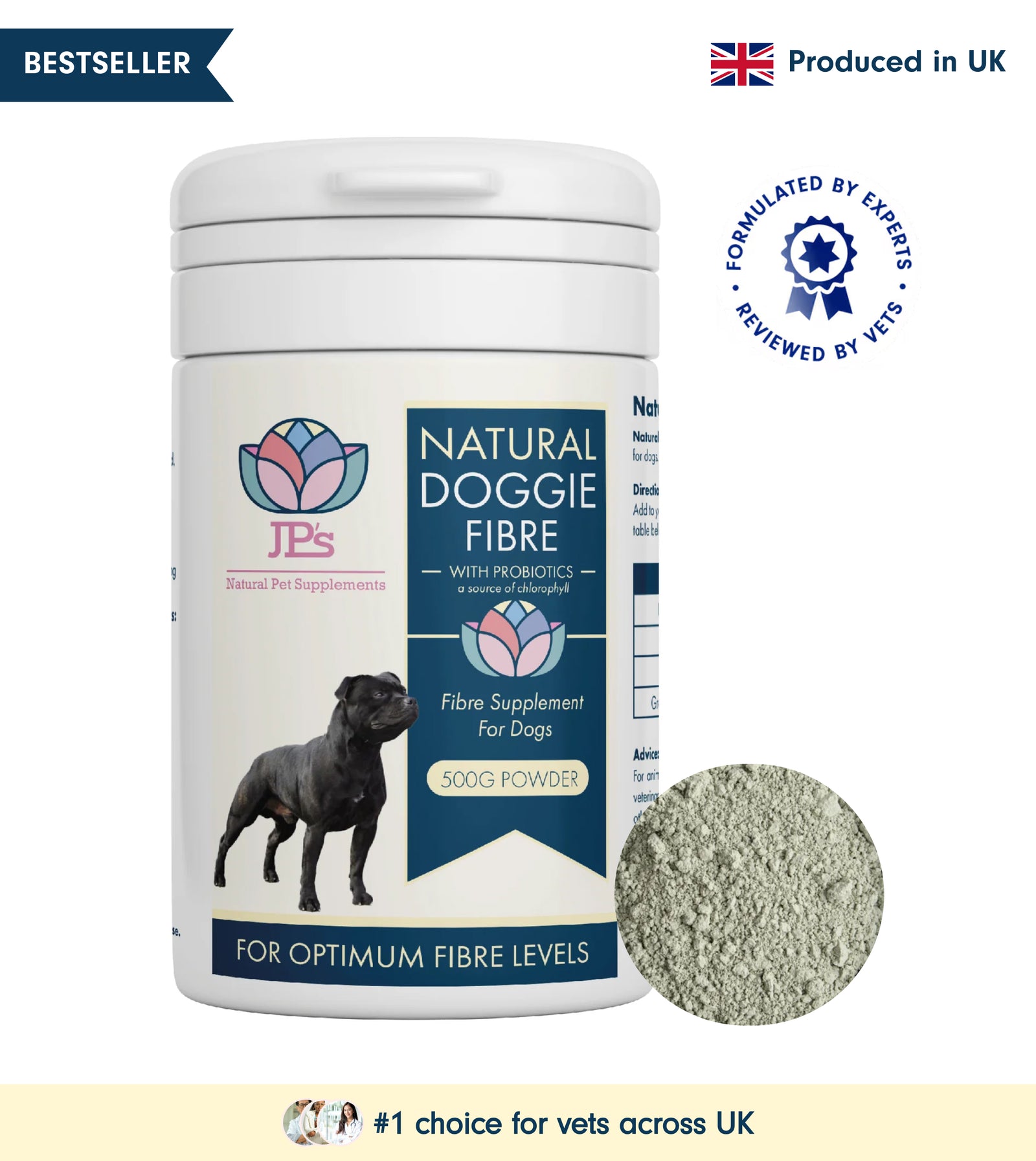
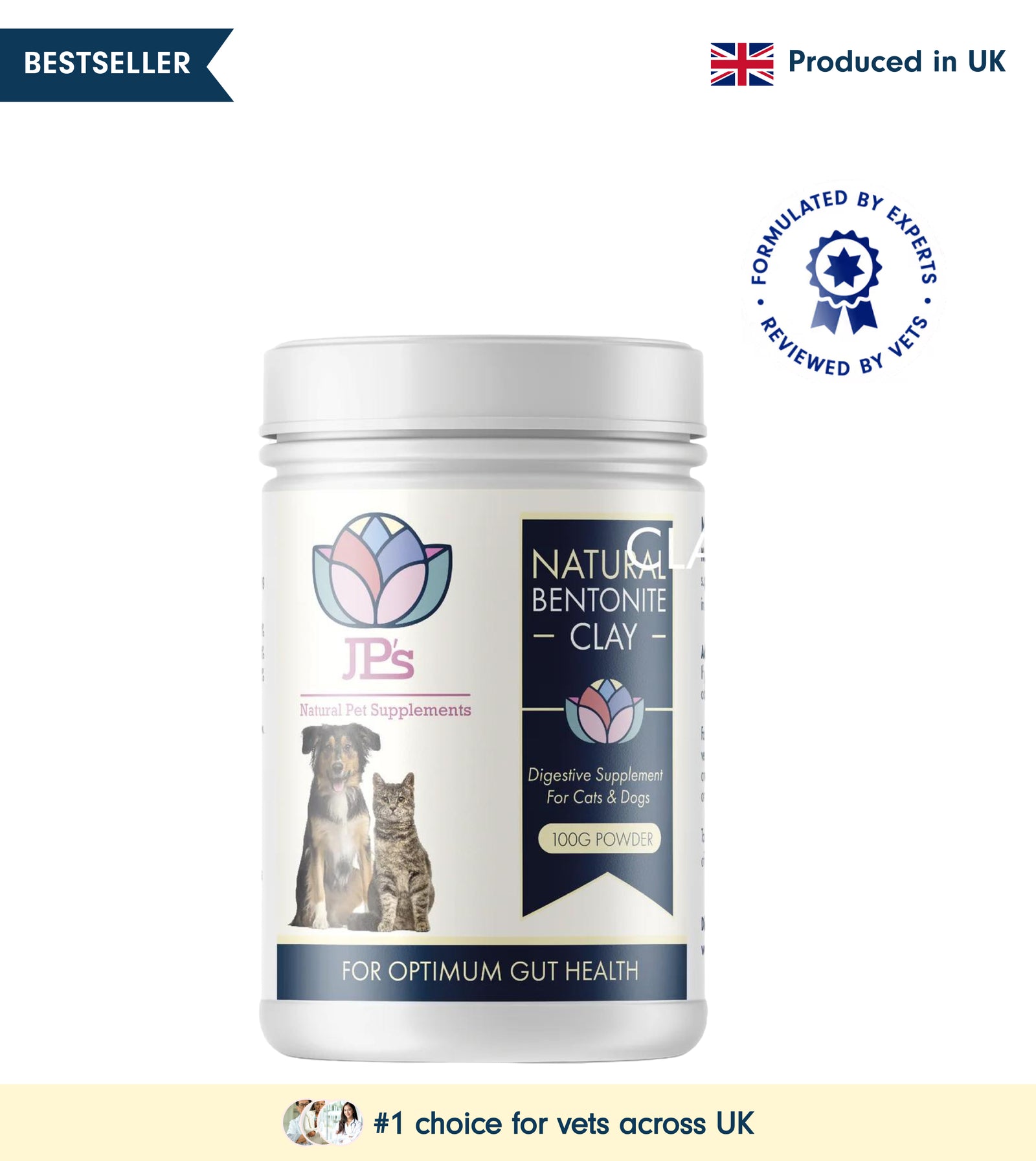

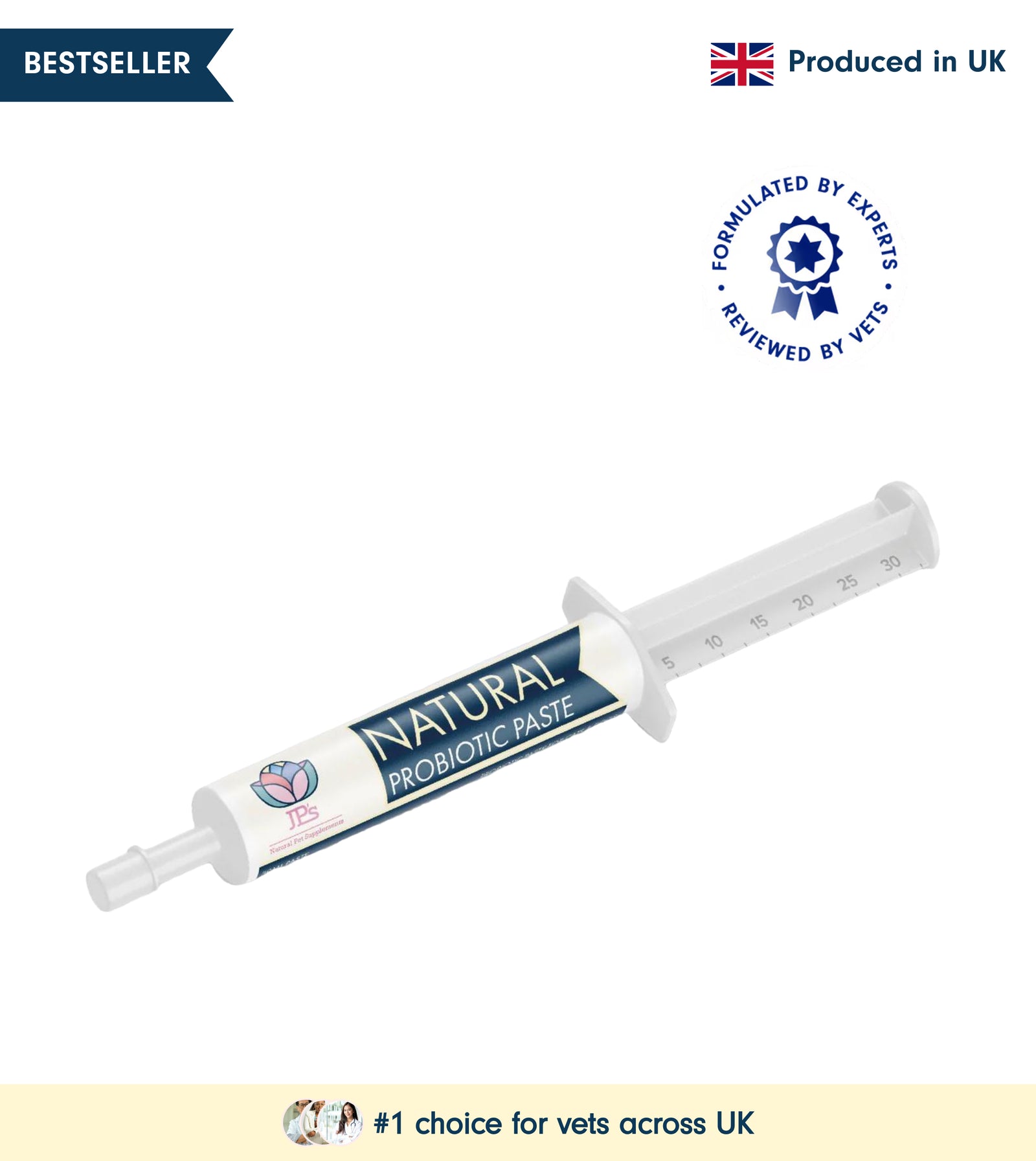
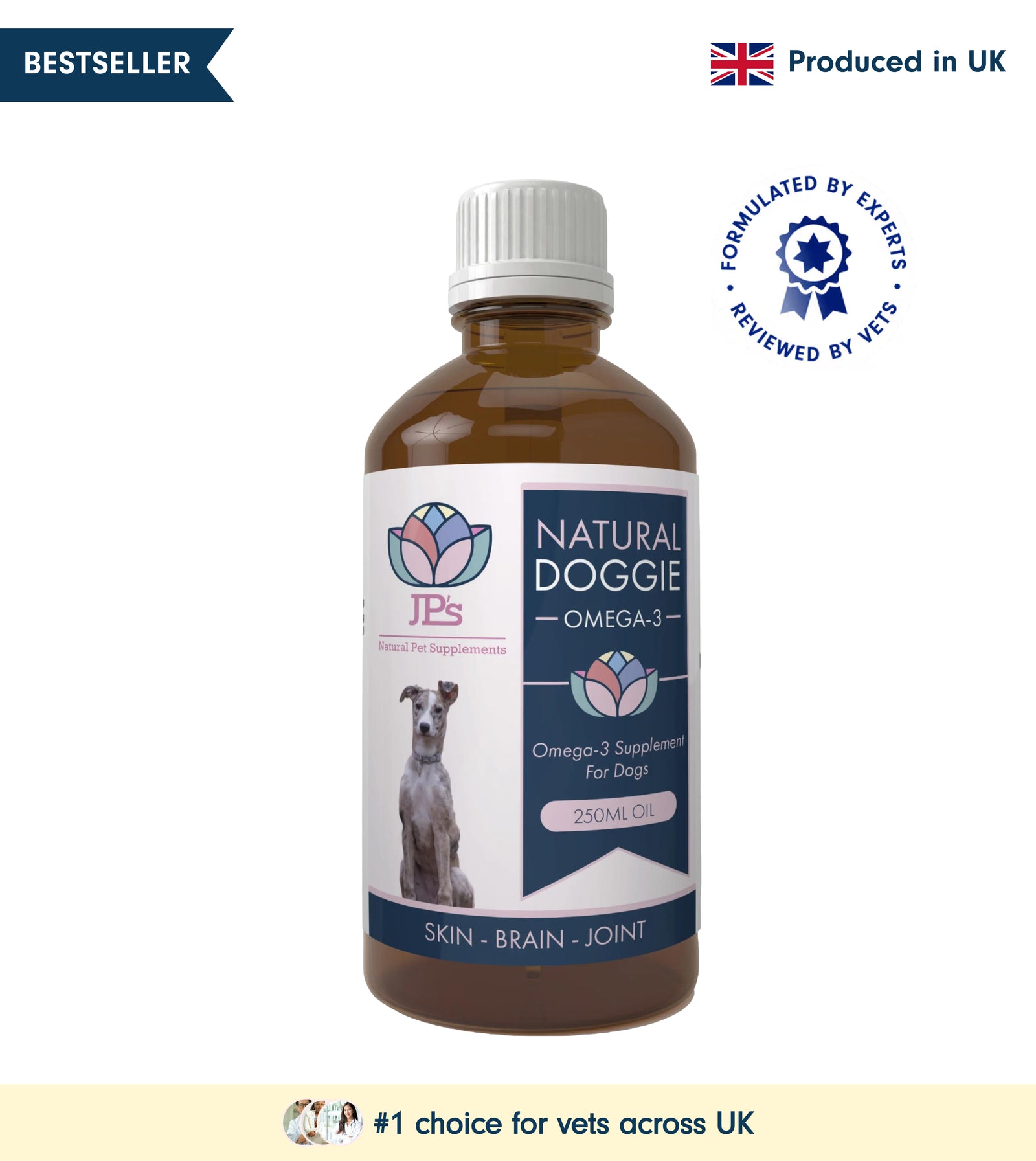
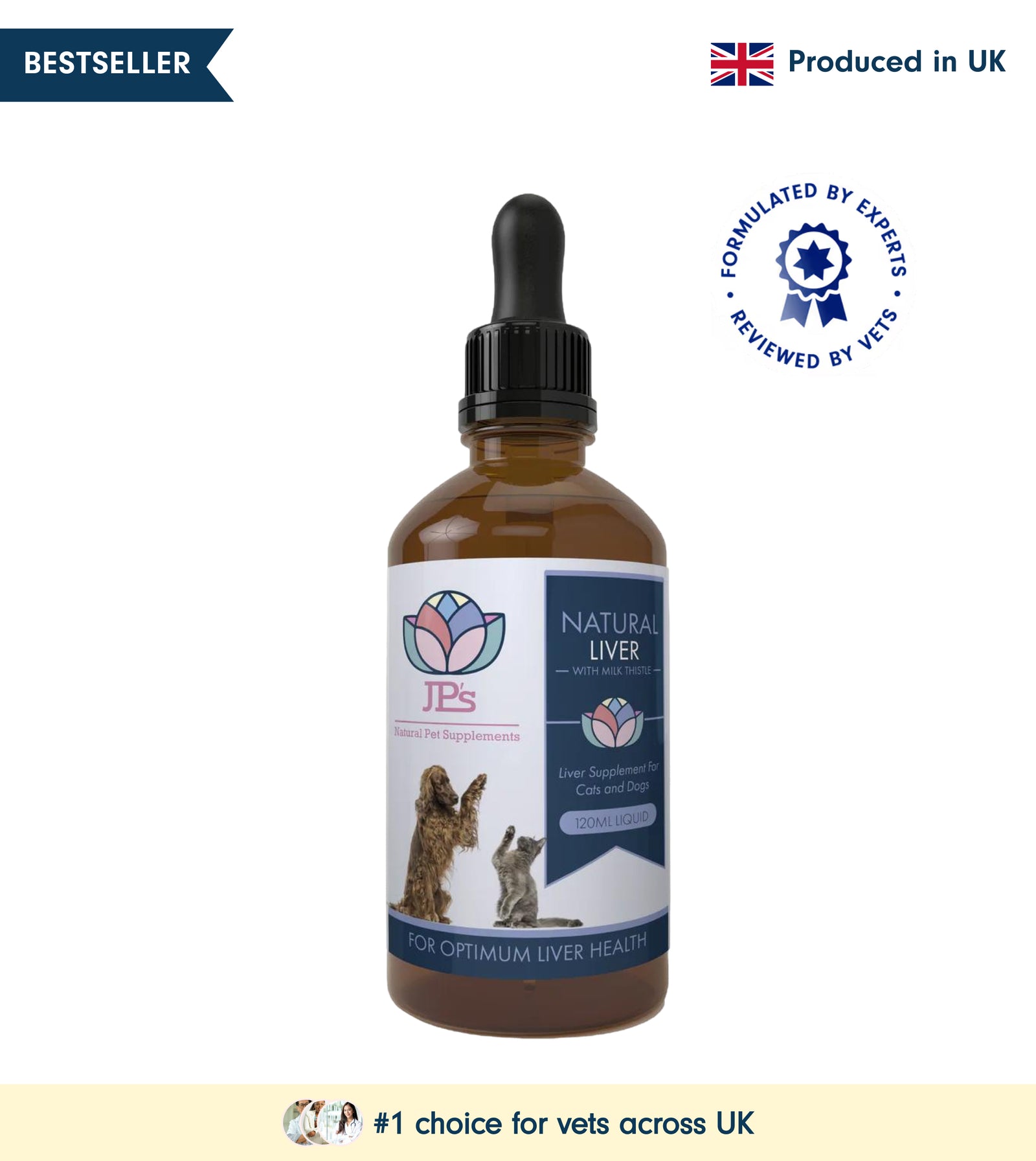



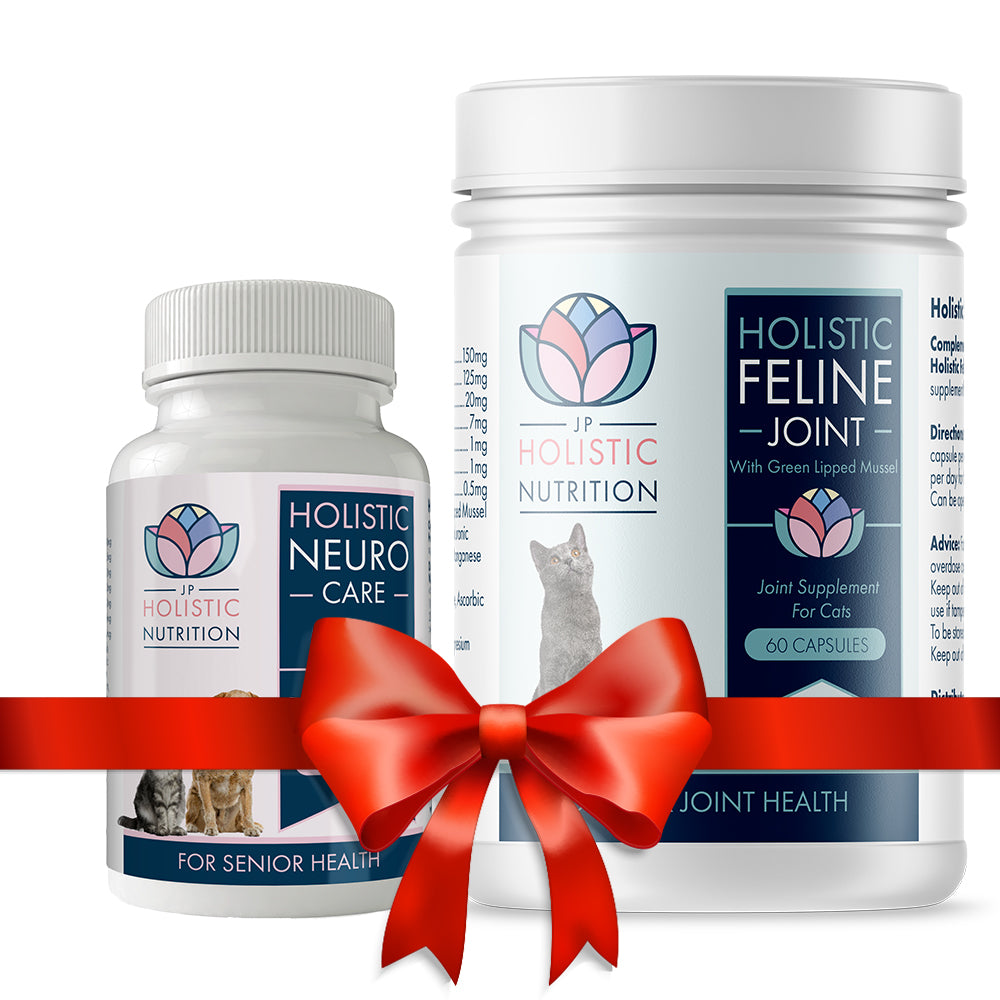




Leave a comment (all fields required)